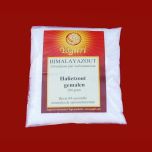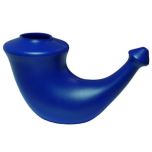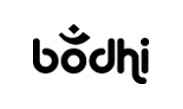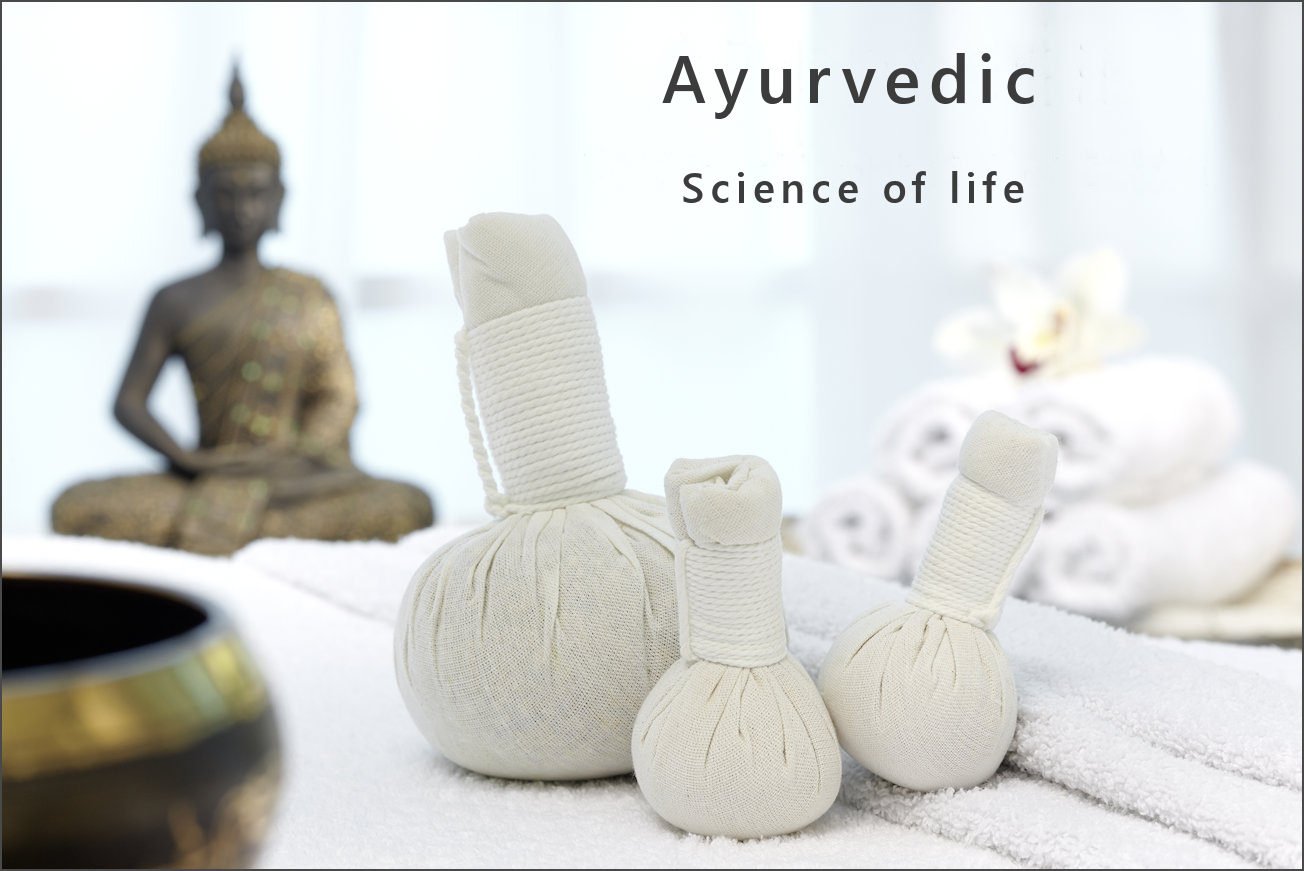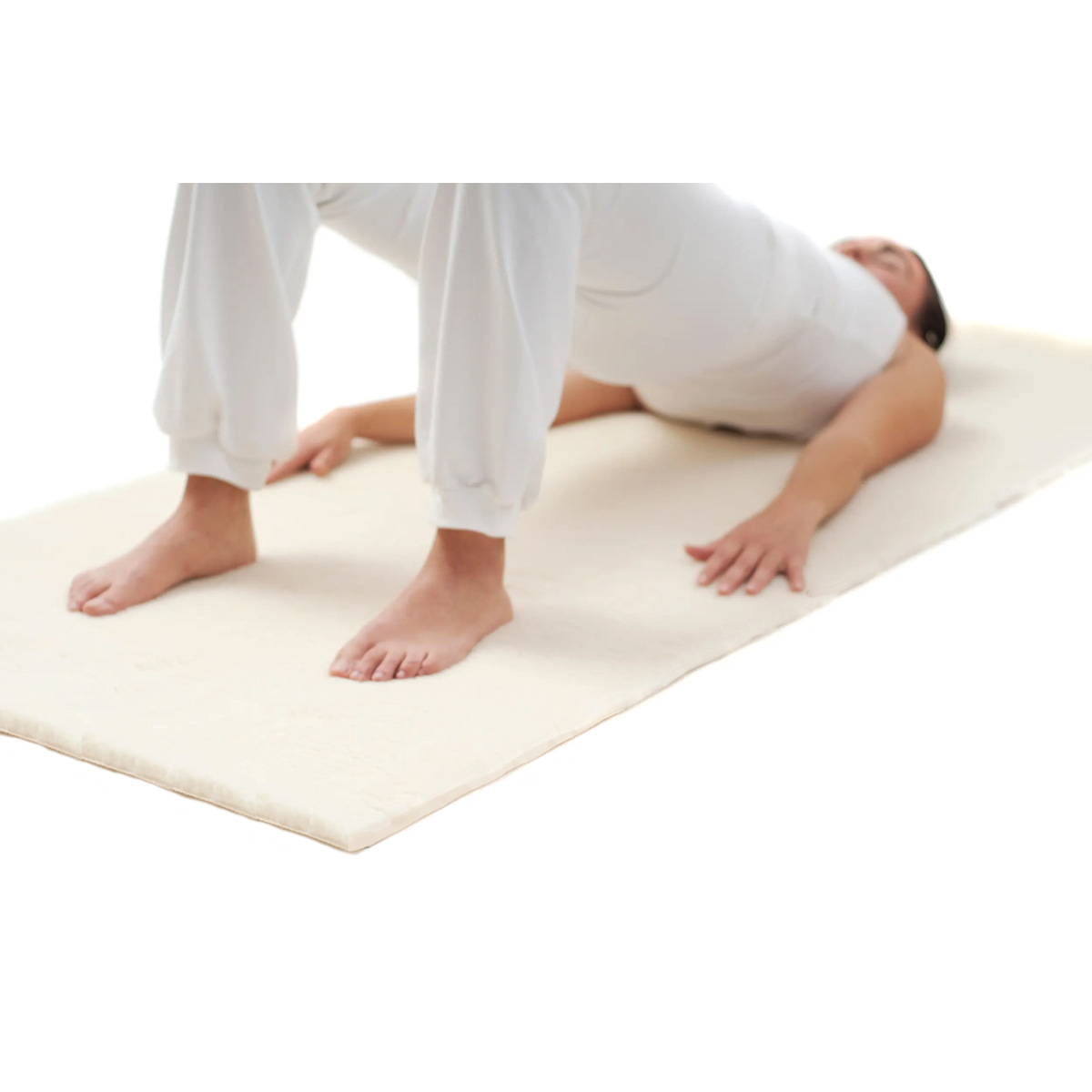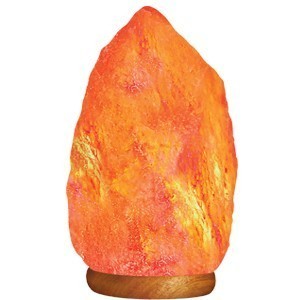
Nasal irrigation using a Neti Pot is an age-old practice that has its origins in Ayurvedic medicine. Although it is becoming increasingly popular in the West, there are still many people who are not familiar with this effective method of promoting nasal health. In this article we will explore the Neti Pot, its history, benefits, proper use and its possible risks. A Neti Pot is a small pitcher-like instrument, usually made of ceramic, plastic or stainless steel, designed to rinse the nose with a saltwater solution. It is used to clean the nasal passages and remove allergens, bacteria, dust and excess mucus. The name "Neti" is derived from the Sanskrit word "Nasal Etiquette," which refers to cleaning the nose. The use of the Neti Pot has a long history and originated in ancient India, Ayurveda considers cleansing the nasal passages as an essential practice to maintain good health. The Neti Pot was later adopted by other cultures, such as Tibet and the Middle East. This cleansing method has proven particularly effective in relieving sinusitis, allergies and colds. Rinsing the nose flushes out irritants and bacteria, which can lead to a decrease in inflammation and nasal congestion. It promotes better breathing. By removing excess mucus and blockages, air can pass more easily through the nose, improving oxygen uptake. Regular use can help to moisten the nasal cavity, reducing the risk of dryness and irritation. If you suffer from allergies, pollen, dust and other allergens can accumulate in your nose. By rinsing with a Neti Pot, these substances can be removed, which can help to reduce allergic reactions.
How to use a Neti Pot:
Although using a Neti Pot is generally safe, it is important to use it properly to avoid potential complications.
Step 1: Prepare a saltwater solution. Mix 250 ml of boiled water with 1/4 teaspoon or 2 mg himalayan salt . Make sure the salt is completely dissolved.
Step 2: Bend over a sink and place the Neti Pot's spout in the upper nostril.
Step 3: Tilt your head to one side so that the salt water enters through one nostril and flows out of the other. Breathe through your mouth as you do this.
Step 4: Repeat this procedure for the other nostril.
Step 5: After using the Neti Pot, make sure you blow your nose well to remove any remaining water.
Possible risks and precautions
Although using a Neti Pot is generally safe, there are some precautions that should be taken to minimize potential risks: Always use sterile or previously boiled water to avoid the risk of infection.
Make sure the Neti Pot is properly cleaned and dried after each use. Follow the instructions for the correct use of the Neti Pot carefully. Consult a doctor if you often suffer from severe sinus problems before you start using a Neti Pot.
It is recommended to do the nose cleaning before breakfast in the morning, you can possibly put a little bit of almond oil (especially with vata types) on the top of your little finger and gently massage the inside of the nose with it. This prevents the nose from drying out.


 French
French German
German Nederlands
Nederlands

